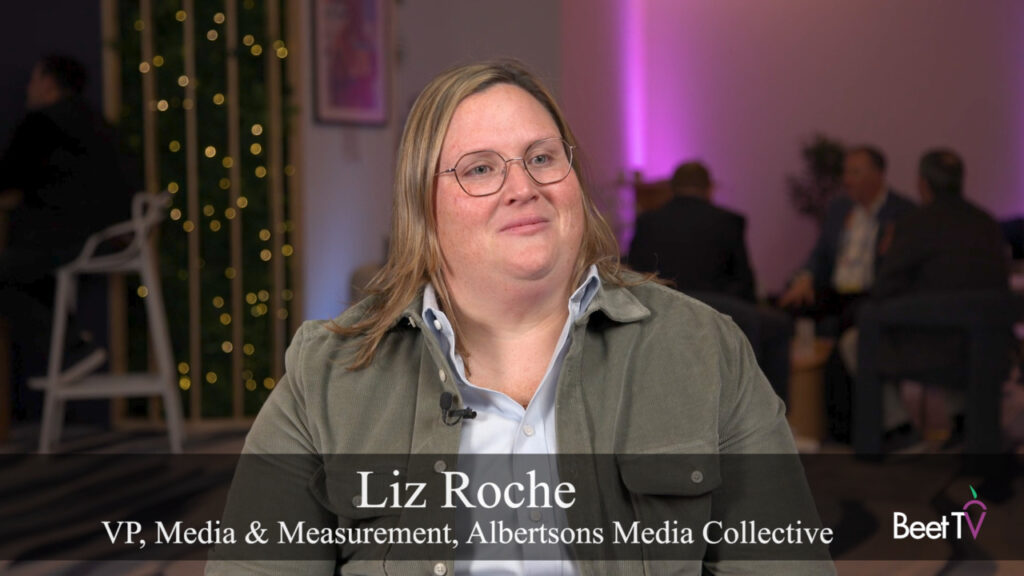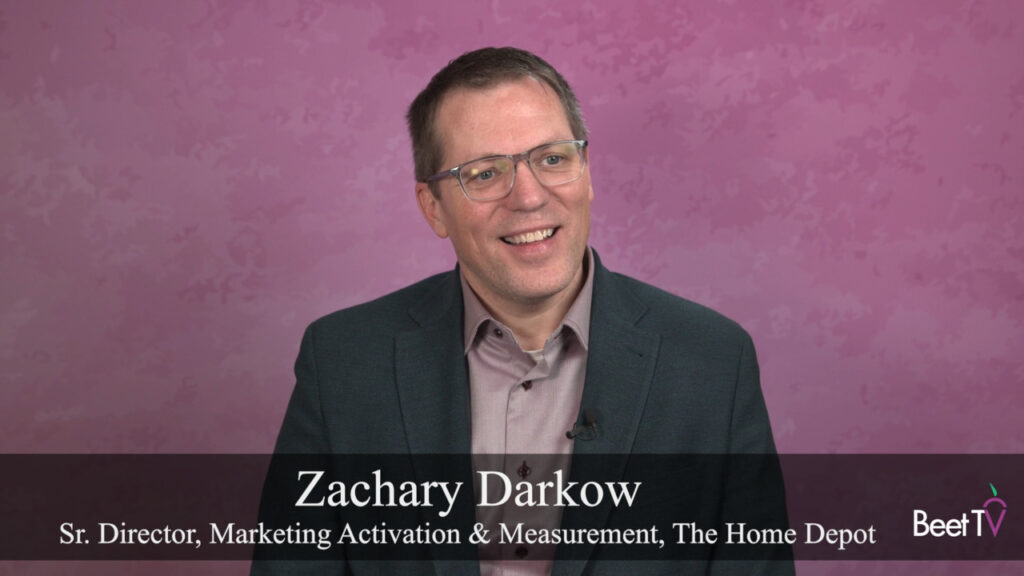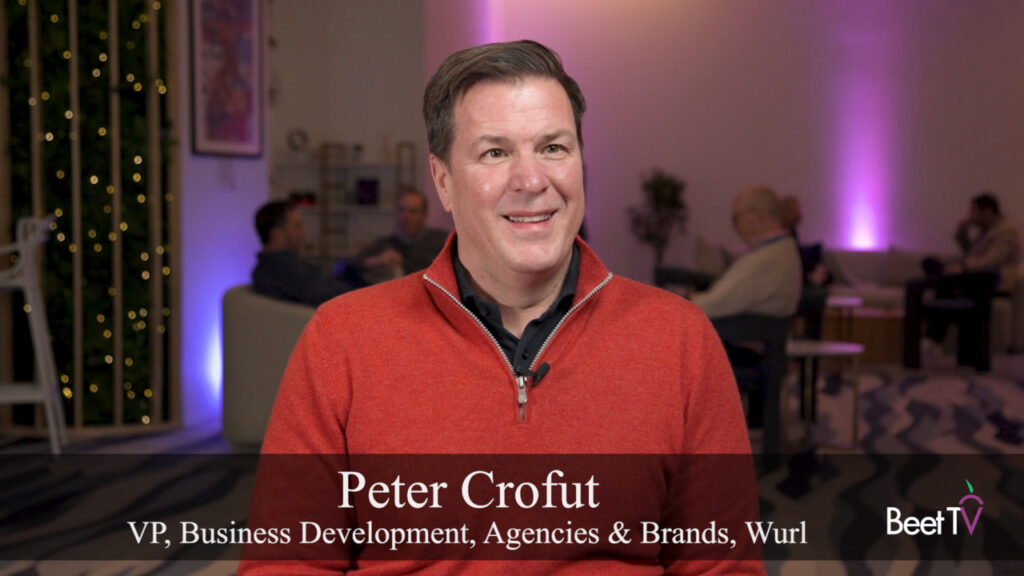The little TV startup that began when a couple of college kids hacked together a satellite dish, tinfoil and a wireless transmitter is now dreaming of a world in which viewers are put in control.
Philo was formed out of Tivli, after a pair of Harvard students devised a way to give viewers a better way to watch TV.
Now the startup’s CEO is a Facebook co-founder and has raised millions of dollars in funding from a procession of TV networks, on a quest to make live, VOD and DVR viewing more user-friendly and easier on the wallet.
Philo offers 58 entertainment, lifestyle, knowledge focused networks, available to view over the internet for $20 a month.
Now CEO Andrew McCollum, who was one of five Facebook co-founders, is talking about upgrades in two key areas – improving the user experience for viewers, and helping advertisers target those viewers more precisely.
“We ultimately built almost all the technology in-house ourselves,” says McCollum says. “When you start from zero, it takes a while before you can reach meaningful scale for advertising.
“When we first launched, most of the channels on our platform, almost all of them, did not support dynamically replacing the inventory in the live channel for example. And now most of them do and all of them will soon.”
McCollum says Philo supports dynamic ad insertion for all three delivery mechanisms – live, VOD and DVR content – meaning Philo enables the advanced ad-swapping technique for more viewing styles than many other services.
McCollum acknowledges that 90% of viewing is on living-room TVs – but, when they are connected to the internet, those TVs take on the magical powers of internet-style ad targeting.
“Historically, it hasn’t really been driven by highly targeted, highly addressable advertising,” McCollum says. “Generally its been mostly geared towards large national ad buys. We are, over time, trying to add more and more things that advertisers can target on.”
That’s the content. But what’s next on the EPG for Philo itself? McCollum says the service has more than doubled the subscriber base in the past five months and is now geared toward doing more than just delivering traditional cable TV through the internet, building out new types of consumer experiences and giving viewers new types of control.
This video is part of a series about the emergence of OTT as an advertising platform. For more interviews, please visit this page. This series is presented by Premion.










































